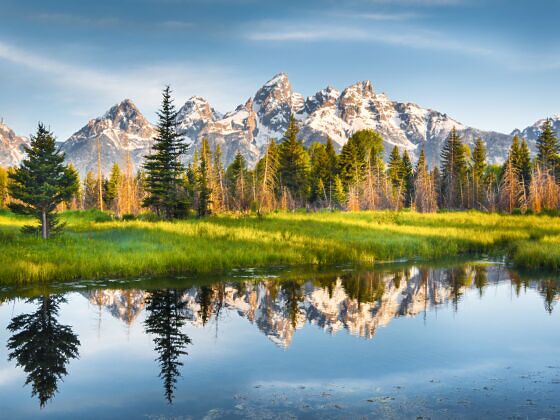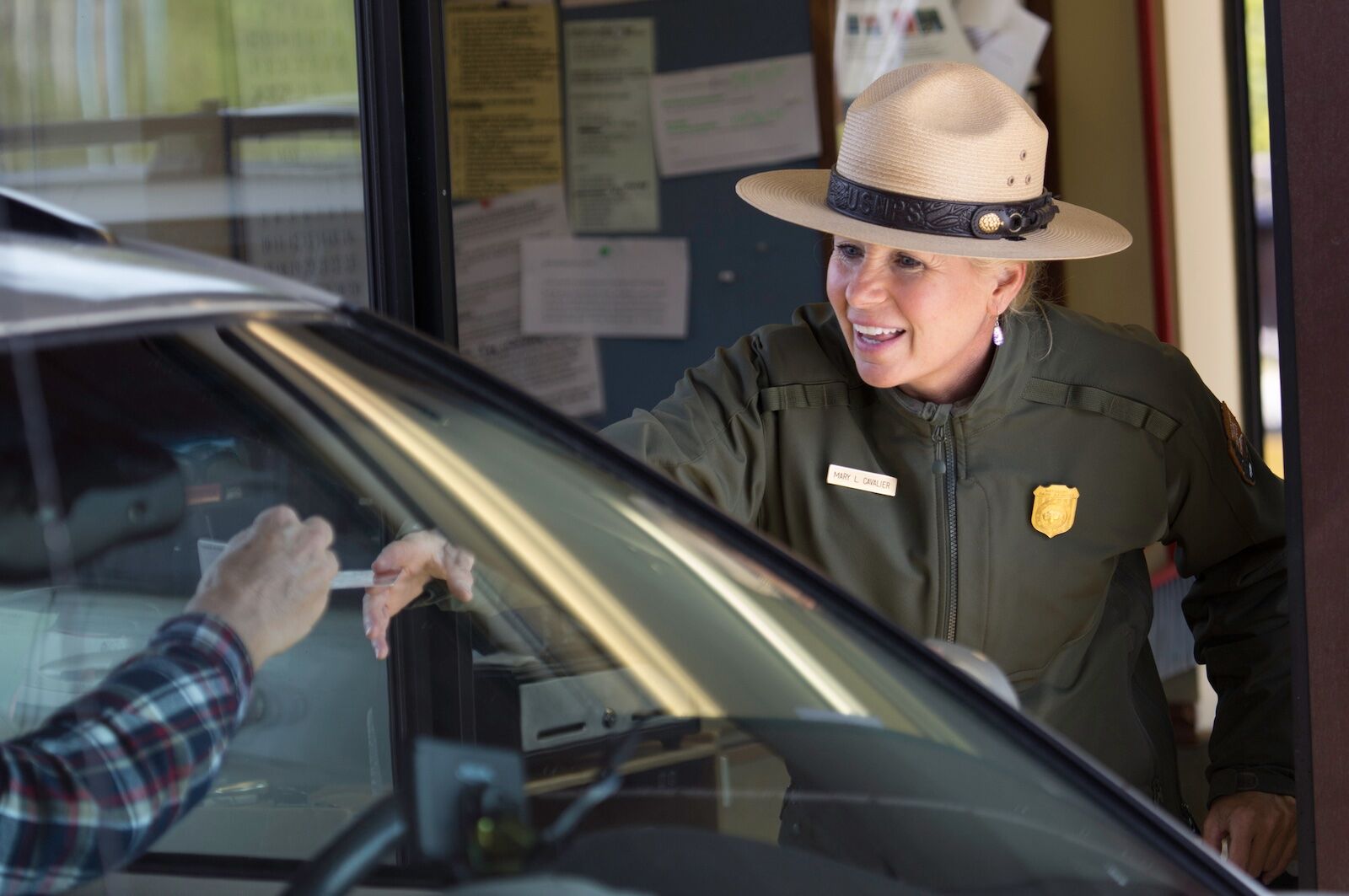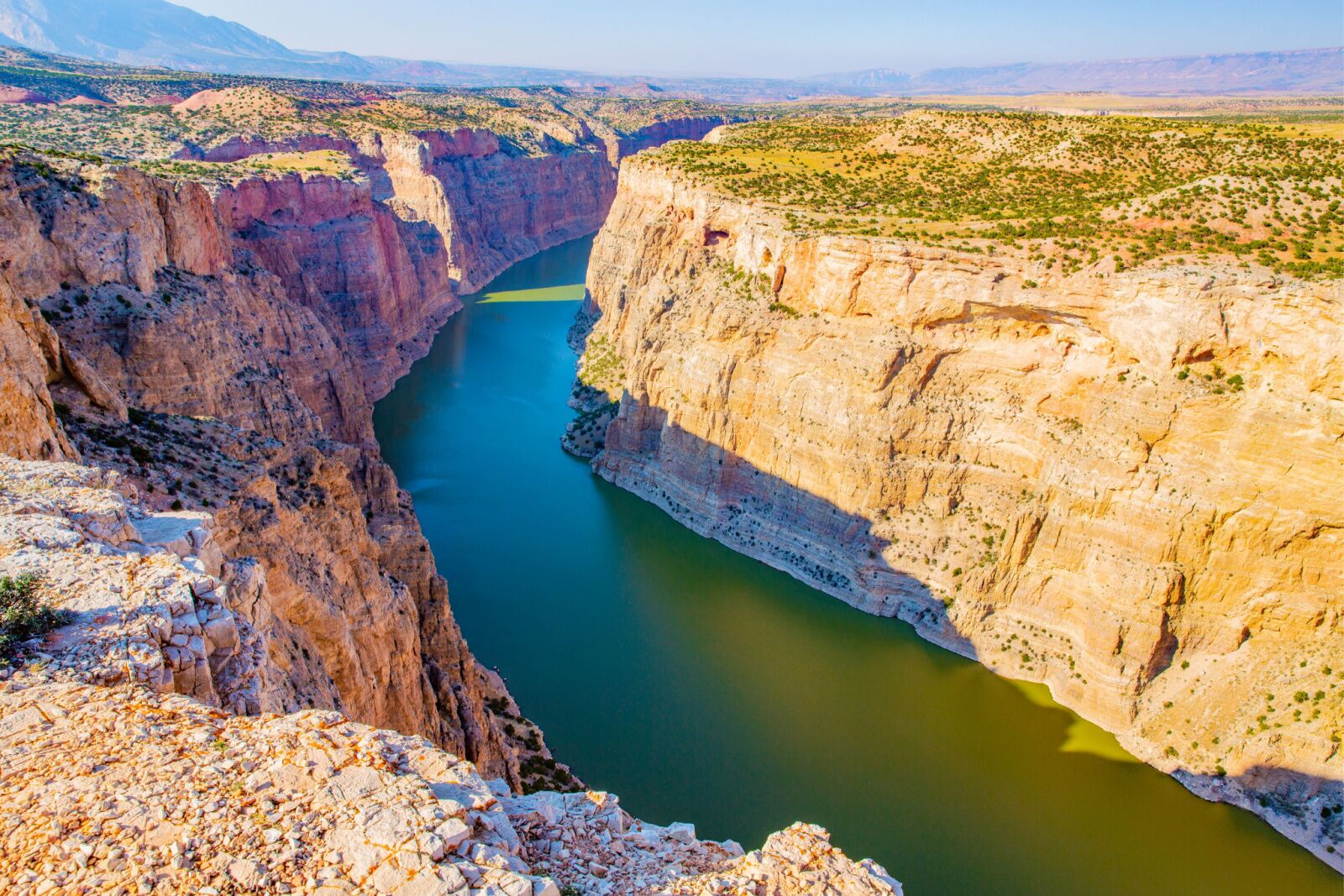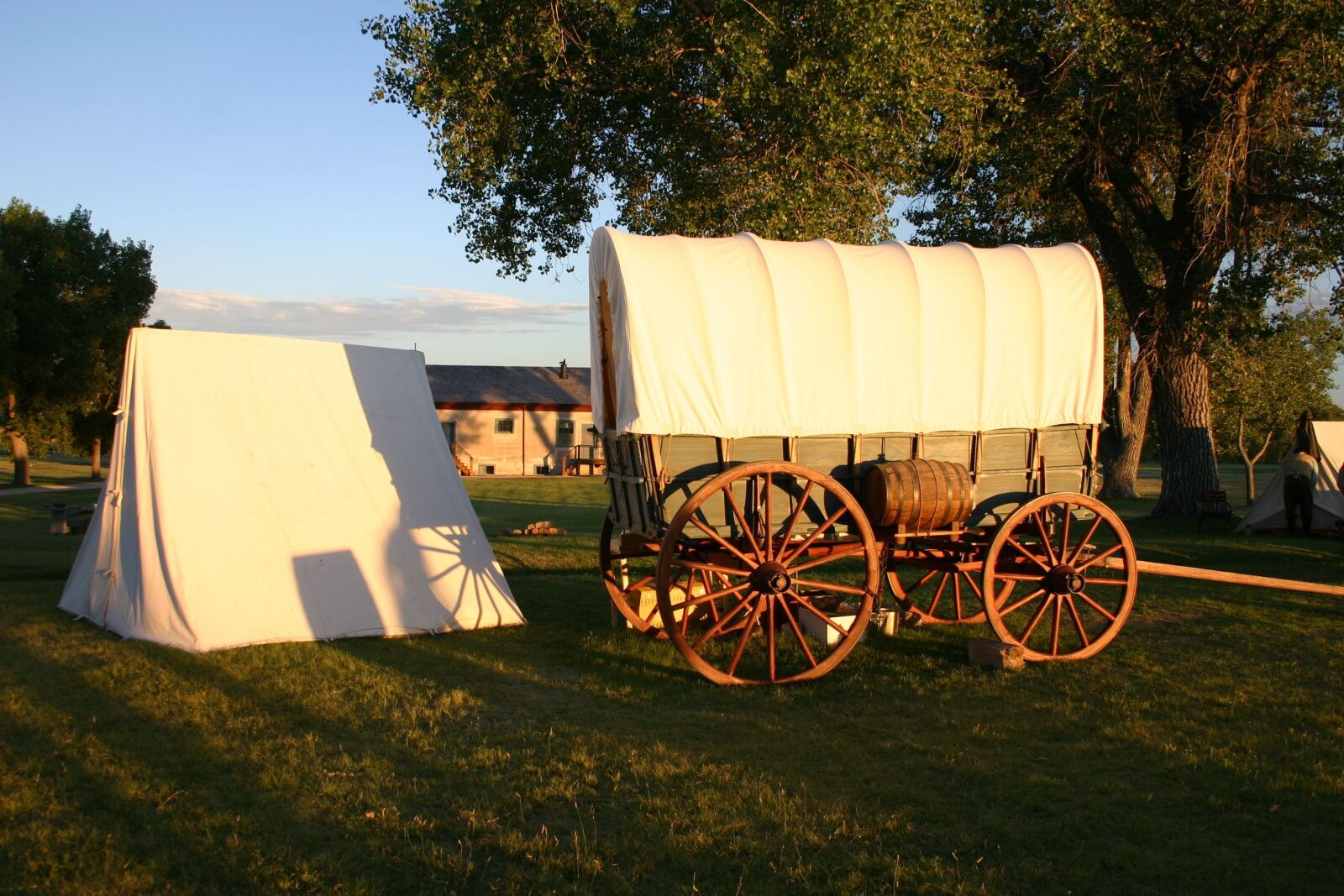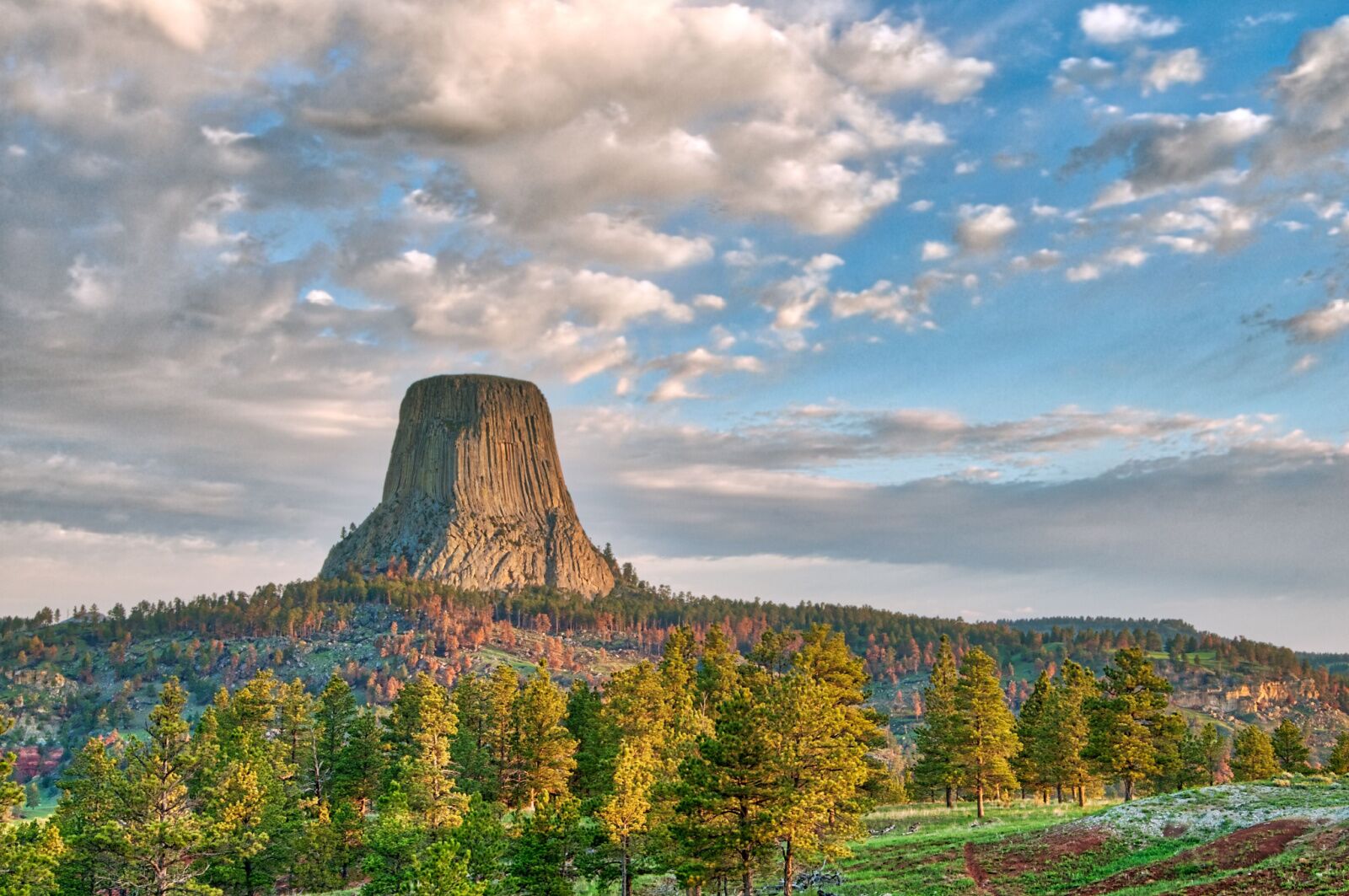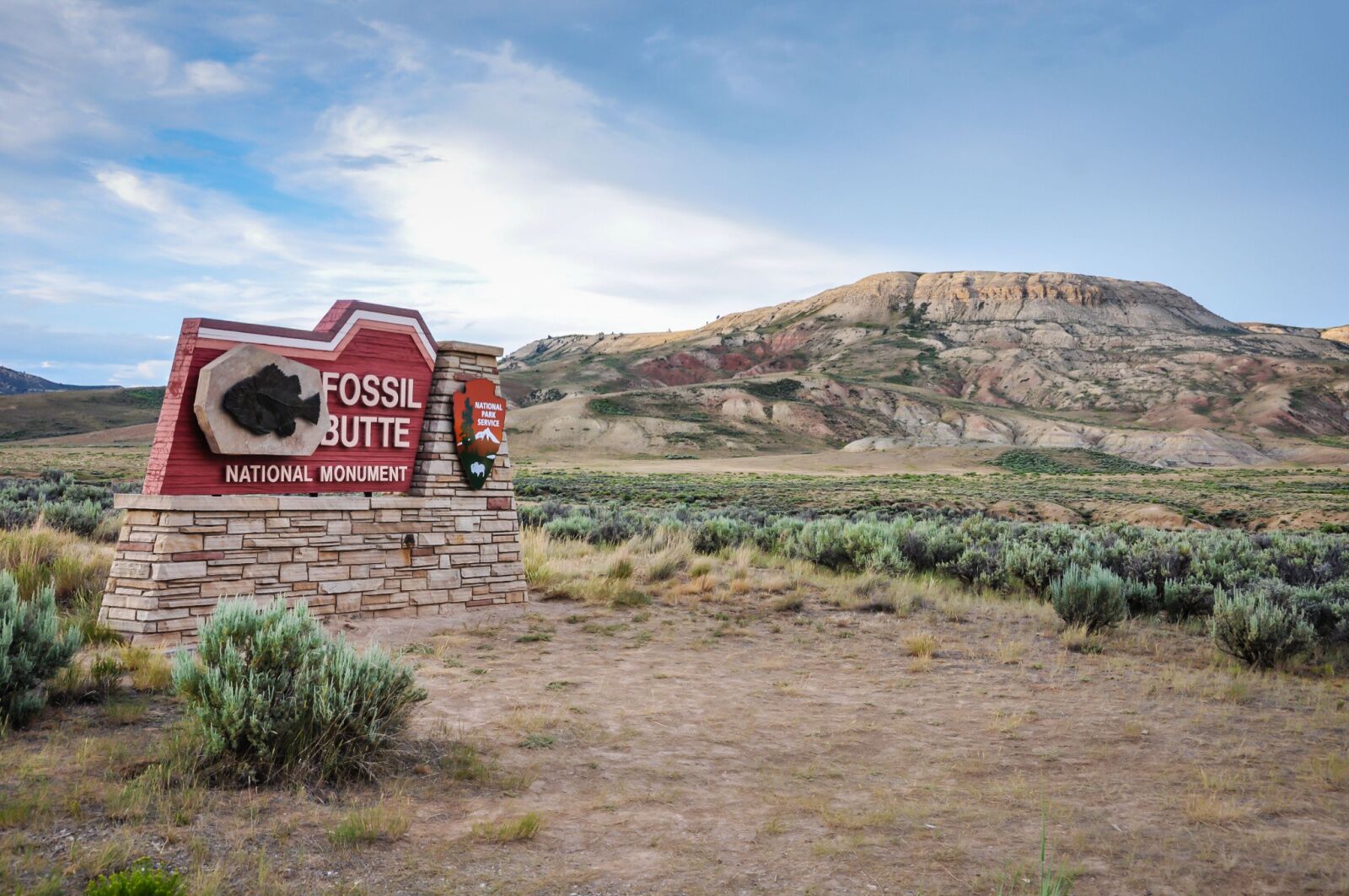Home to the world’s first national park, Wyoming contains a variety of sites managed by the National Park Service with vastly varying scenery, from bubbling hot springs and erupting geysers to majestic mountains, deep canyons, historic trails, and a stunning monolith that towers over the state’s prairie lands.
There are two Wyoming national parks, two national monuments, one national recreation area, and one national historic site where visitors will find four national historic trails, each sharing a unique glimpse into the past. Though only two are technically national parks, they’re all managed by the National Park Service, which operates 423 sites throughout the US (only 63 of them are technically national parks).
Each site offers a special peek into the history and environment of not just the Cowboy State, but parts of America’s western culture.
